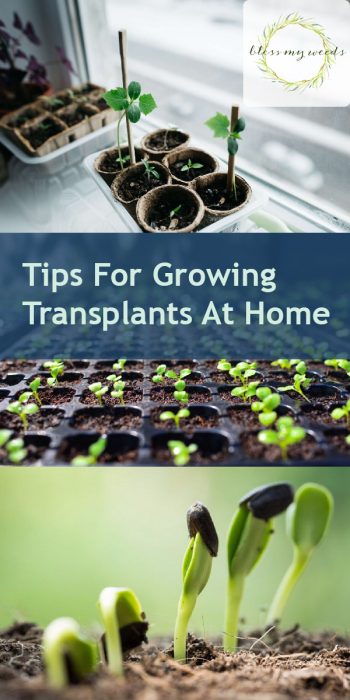
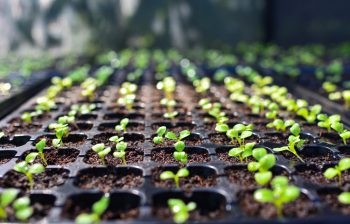
Welcome back to Bless My Weeds! Today we’re talking about growing transplants at home. Maybe you’ve been growing your own transplants for a while, or maybe you’re interested in starting. Either way, this post has helpful tips for any gardener interested in growing transplants at home.
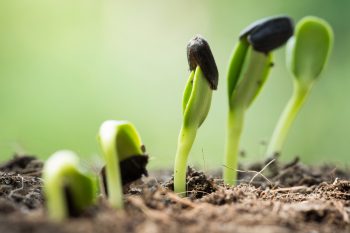 Benefits
Benefits
The benefits of growing your own transplants at home include the ability to grow your own unusual or heirloom varieties, especially some interesting varieties that you can’t find in your local garden centers. Another benefit is the ability to cut the time between planting and harvesting by anywhere from 4-8 weeks! And if you really miss gardening during the winter months, growing your own transplants lets you garden while it’s still cold outside.
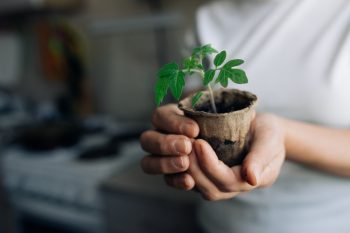 Requirements
Requirements
For success in growing your own transplants, you need viable seeds that will germinate. You also need to be knowledgeable enough about the seeds you have to plant them at the right times. You must provide good soil for germinating seeds, use the right type of containers, provide the right amount of light, water, and fertilizer.
The date of the average last spring frost is a very important date to know when growing your own transplants. Combined with that information, you must know the germination times for the seeds you want to grow. Seed packets contain this information to make it easier!
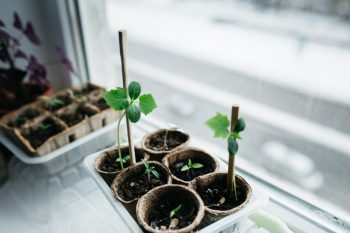 Provide the Right Conditions
Provide the Right Conditions
Any sort of sturdy pot will do for germinating seeds, it just needs to allow drainage and provide a stable home for the soil mix. Young growing transplants need a lot of light, or they will grow into weak, spindly plants. Plan to provide lots of light as soon as the sprouts emerge from the soil. Note that a sunny window will not provide enough light for most seedlings, so experienced gardeners provide artificial light for their transplants. You can build an inexpensive plant light stand from PVC pipe. Check out Vegetable Gardener for an example.
Most transplants like the daytime temperature to be between 60 and 80 degrees F, with nighttime temperatures about 5-10 degrees cooler. The soil around your transplants should be kept moist but never soggy. The mist from a spray bottle is a great way to water your seedlings.
Once outdoor soil conditions have warmed to at least 50 degrees during the day and the danger of frost is past, you can move your transplants outdoors and continue to care for them til harvest. Good luck!
Resource: Utah State University Extension

Leave a Reply